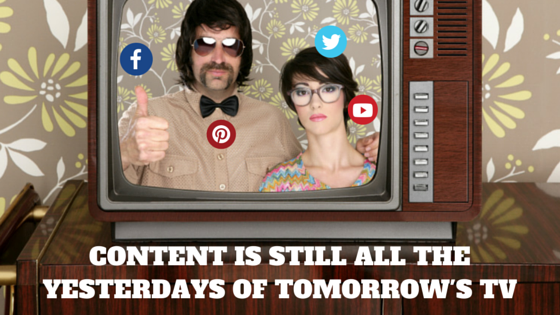
The digital TV middleware/OS market has been in full and continued development since the early 1990s. For the last 28 years, the TV receiver software (digital) has remained a fundamental building block or foundation stone of Advanced Television Services. Middleware/OS continues to evoke strong opinion and is a much-maligned. Despite this, it remains firmly ensconced in the digital TV business, forming part of the DNA that is interactive digital television, whether we like it or not.
BTW: There is very little that has not already been tried in the TV domain and not a lot of ‘new’ inventions when it comes to the world of TV.
e.g. Voice made its debut back in the early 2000s. We laughed at it back then; now it is a must-have technology in a very packed content world. Gesture control came and went and now, according to many TV experts, it’s going to be micro-gesture going forward. There was face recognition capability, widgets, and Social Media on TV and good old 3D! Well, let’s not go there …
Along the digital TV software journey, there is one constant = the infamous middleware/OS, and we have seen many solutions come and go, with the resurrection of some technology blocks that were once tried, disliked and considered not fit for purpose. These solutions have a new lease on life now that the STB/CPE products have much faster chipsets and huge memory capability. Not to mention that the transmission medium, which has developed at an equally impressive rate allowing for the offsetting of services in a client-server arrangement. Flash, HTML, JavaScript, and Java are examples of once used, refused only to see a re-introduction into the TV landscape. Back in the 90s, a company called Liberate (part of Oracle) (Liberate Technologies: Taking Strange to New Levels, 2009) had championed an early web-like solution, only to see very expensive, clunky, slow, STBs that led to extremely dissatisfied customers. Flash for the STB/CPE came and went. We had Java as part of Open Standard initiatives right across the TV landscape but back then it didn’t manage to make enough headway to stick. Java is once again back under the umbrella of Android, with their 4th or 5th time out of the middleware/OS starting blocks. The finish line is a long way off before there can be a single winner declared. This is truly a long and winding road.
Here is a long and incomplete list:
- powerTV
- OpenTV Core
- MediaHighway
- MicrosoftTV
- Liberate
- NDS core
- MHEG
- DAVIC (MHEG + Java)
- MHP
- OCAP
- ACAP
- MHP-GEM
- ARIB B23
- JavaTV
- EBIF
- GINGA-J
- ON-RAMP to OCAP
- Various flavours of Linux Distee
- OpenTV 5
- Frog by Wyplay
- Espial
- Alticast
- …
- Boxee TV
- Horizon TV
- InView
- Oregan
- WebOS
- Tizen
- iOS
- Tivo
- FireTV
- Roku Brightscript
- Google TV
- Android AOSP
- RDK
- Android TV
- ATSC3.0
So what else do we have in store for the STB/CPE as we blend Broadcast & Internet and look to create new and exciting services for a future generation? Who knows where the digital TV middleware/OS industry will finally settle.







